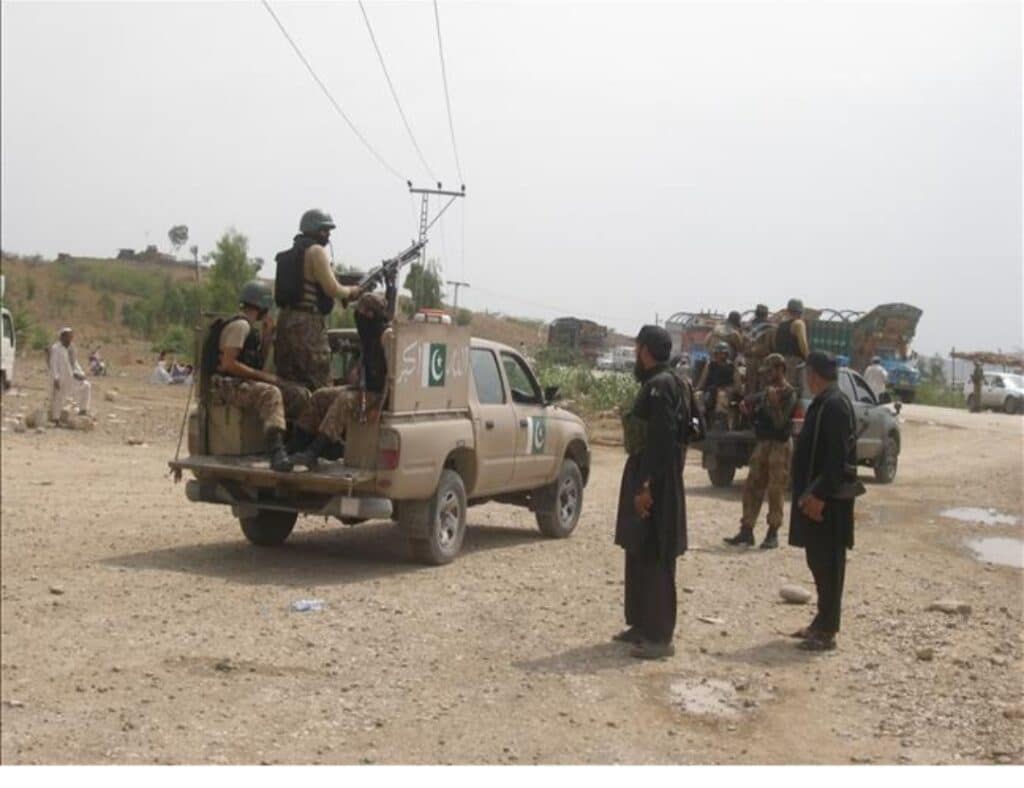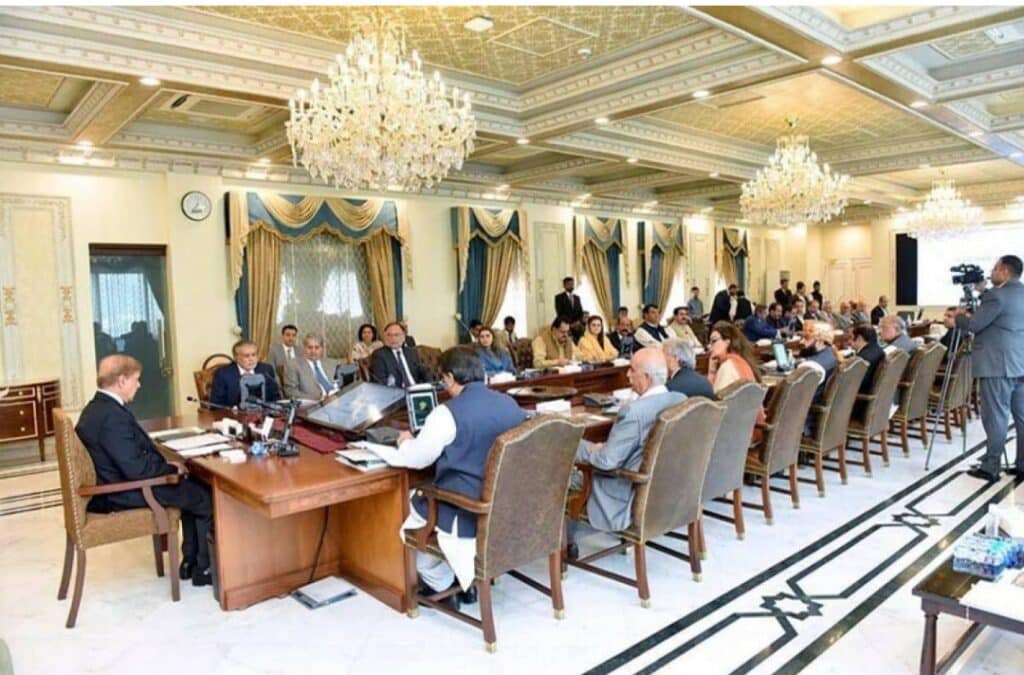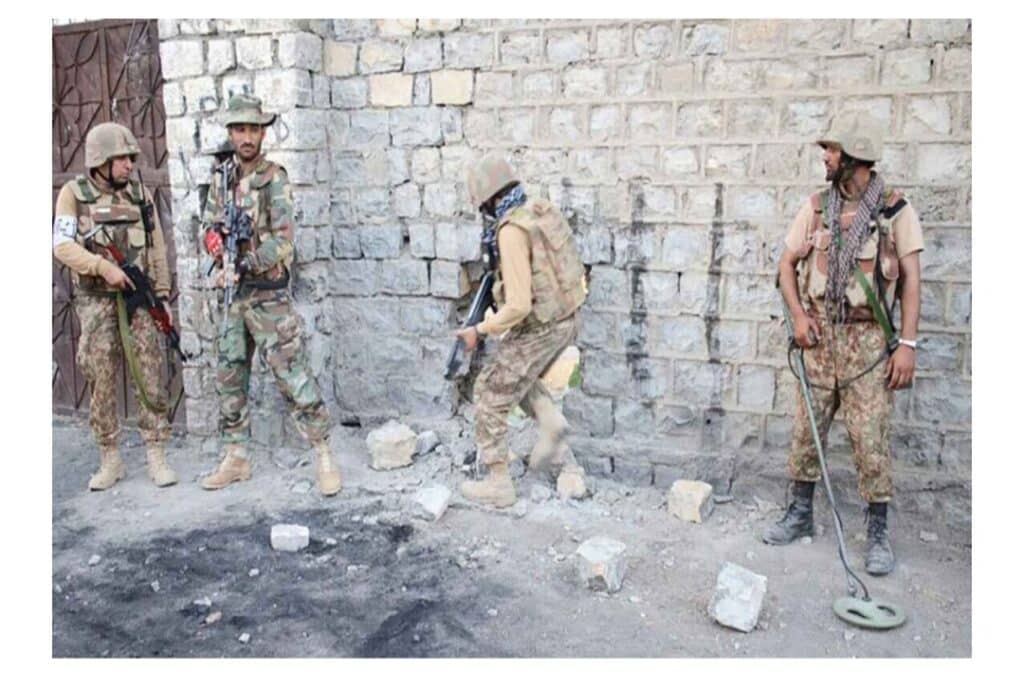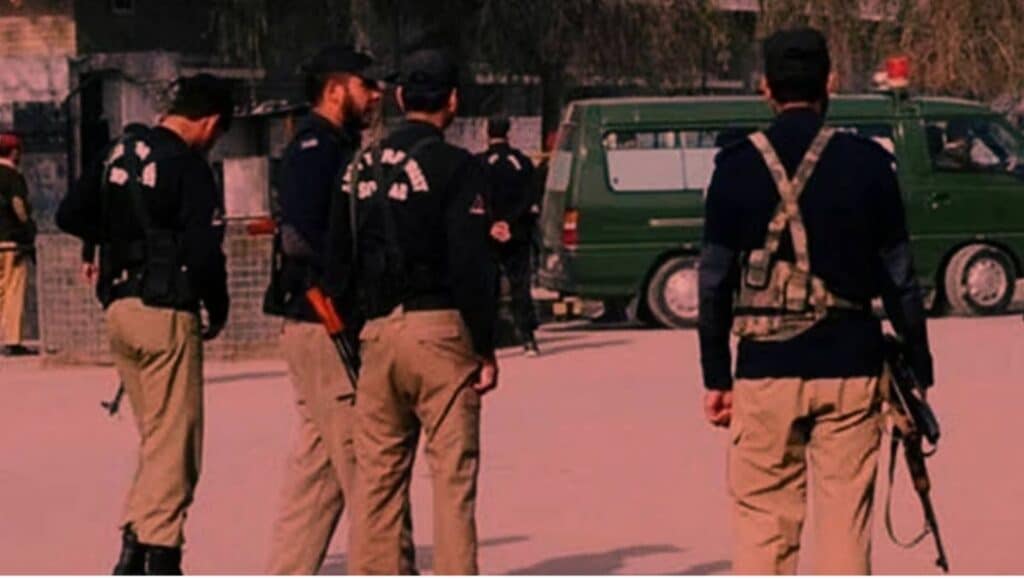Security forces continuing a series of retaliatory operations that began after a recent suicide attack on the FC headquarters in Quetta, successfully eliminated a highly wanted commander of the Indian-backed proxy, Fitna al-Hindustan, in the border area with Iran overnight between October 1 and 2, military and law‑enforcement sources said today.
According to security sources, the commander; identified as Abdul Razaq, known by the alias “Nako”, was a senior local commander and key liaison for the BLA. Although listed as a missing person on the BYC’s long, and mostly fabricated, list, Razaq was in fact hiding in the border village, Pir, the sources said.
Sources described Nako as a hard‑line and trusted field commander who led a convoy of 20–25 armed men and maintained a personal guard of eight to ten fighters for his own protection at all times. He was reported to be an expert in preparing landmines and improvised explosive devices (IEDs), and to have supplied such material to carry out sabotage across the province. The sources named several commanders, including Dil Jan (alias “Lal”) and Shahak (alias “Hamal”), as recipients of explosive materiel delivered by Nako.
The sources added that Nako cultivated a sympathetic image by being listed as a missing person, but in reality he recruited children and teenage boys from border towns with promises of money and weapons. He is also accused of smuggling arms disguised as local shepherds’ loads and of using Iranian territory as cover to plan and launch operations inside Pakistan.
During a decisive operation on the night of October 1–2 along the Pakistan‑Iran border, security forces engaged Nako and his bodyguards. Reports say Nako attempted to use one of his men as a human shield, but the tactic failed and he was killed. Security officials described the strike as a significant blow to the group’s logistics, saying the supply line for manufacturing explosive pits and IEDs has been disrupted.
Security operations launched in response to the suicide attack on the FC headquarters in Quetta have continued with significant momentum. Following the initial, and subsequent, action in Khuzdar, where seven FAH (Fitna al-Hindustan, or the banned BLA) terrorists were killed, further coordinated operations were carried out on October 1.
The next day, in Quetta’s Ghazaband area, 10 FAK (Fitna al-Khawarij, or the banned TTP) terrorists were neutralised; in Sherani, security forces eliminated another eight FAK militants; and in Kech, a targeted operation led to the killing of three FAH operatives. Additionally, in Manguchar, four FAH terrorists were killed in an armed clash with members of the Lango tribe. Security officials say the series of successful actions have significantly degraded both FAH and FAK capabilities in the region, and follow-up operations remain ongoing.





